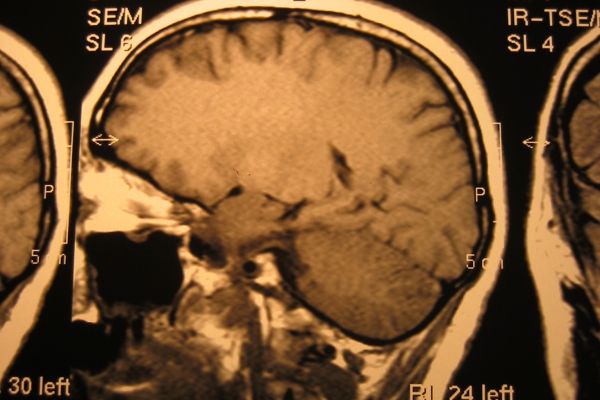Novel neurotechnologies: intervening in the brain
Report
Published 24/06/2013

An ethical approach to care is not just about ensuring patient safety – it should also support informed decision-making and protect against harms such as undue privacy infringements or fostering unrealistic hopes.
Decision making, consent and autonomy
Given that novel neurotechnologies often address conditions that themselves impair decision making abilities, there may be difficulties in gaining informed consent from some patients and research participants. Moreover, the evidence on long-term and unintended effects of intervening in the brain is often not clear, and a lack of alternative treatments may give rise to desperation.
In line with the virtues of humility and responsibility (see the ethical framework) it is important that medical professionals involved in providing treatment using novel neurotechnologies are open with patients in ways that include:
- acknowledging and explaining the limits of current knowledge about the treatment outcomes that a patient can expect;
- recognising instances where patients may benefit from counselling from qualified professionals other than their doctors; and
- avoiding characterising treatments as ‘last best hope’ where this is not justified.
We conclude
Those providing invasive treatments using neurotechnologies should be required to offer patients independent counselling, before consent is given, to provide an opportunity for patients and those close them to fully explore the implications and uncertainties of the treatment being offered.
Protection from harm
All of the novel neurotechnologies considered in this report involve some potential unintended consequences, but the scale of possible harm varies considerably between the different techniques (see What are novel neurotechnologies).
The lack of clear evidence about the ratio of risks to benefits presents challenges to responsible decision-making about patient care, both in treatment contexts and in the conduct of clinical investigations.
Data collected by some devices (e.g. BCIs or in neurostimulation) about users’ brain functions may be valuable for the purposes of providing care or conducting research, but may also be sensitive and stigmatising. This raises concerns about adequate protection of privacy regarding the use of the data, and about the possibility of interference with the function of neurodevices.
We conclude
NHS services using neurotechnologies should be required to adhere to national guidance on the use of new interventional procedures.
Professional guidelines should be developed to ensure that patients who use private neurostimulation treatment services do so only following appropriate medical assessment.
The Health Research Authority should develop guidance on the use of ‘sham’ neurosurgery controls in clinical trials of neural stem cell therapies.
Researchers must state in advance what support will be offered to participants if access to neurodevices will finish when the study concludes.
Research or experimental treatment?
It is not always clear whether interventions or devices should be governed by rules that apply to treatment or to research, since the technologies used experimentally may fall in a middle ground between these.
As well as ensuring protection for vulnerable patients, who are the most likely candidates for more experimental treatments, a particular concern is that knowledge and experience gained from experimental procedures should be collected and shared appropriately.
We conclude
The General Medical Council, Health Research Authority and Medical Research Council should work together to produce professional guidance on responsible conduct in experimental treatment.
Professional bodies such as the Association of British Neurologists, Society of British Neurological Surgeons and the Royal College of Psychiatrists should work together to establish publicly accessible registers to collect and link data on experiences of using novel neurotechnologies in healthcare settings.

Share